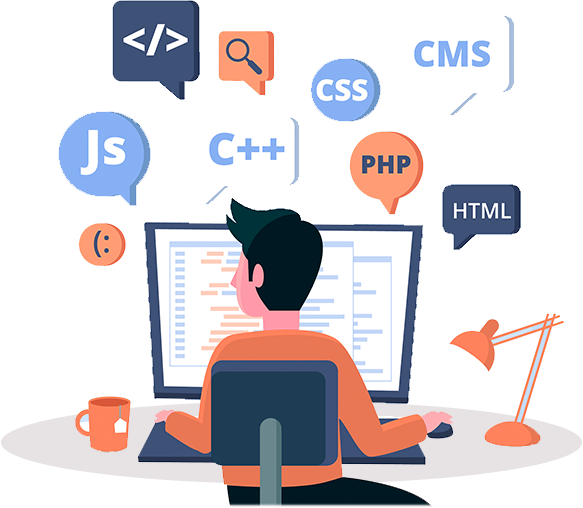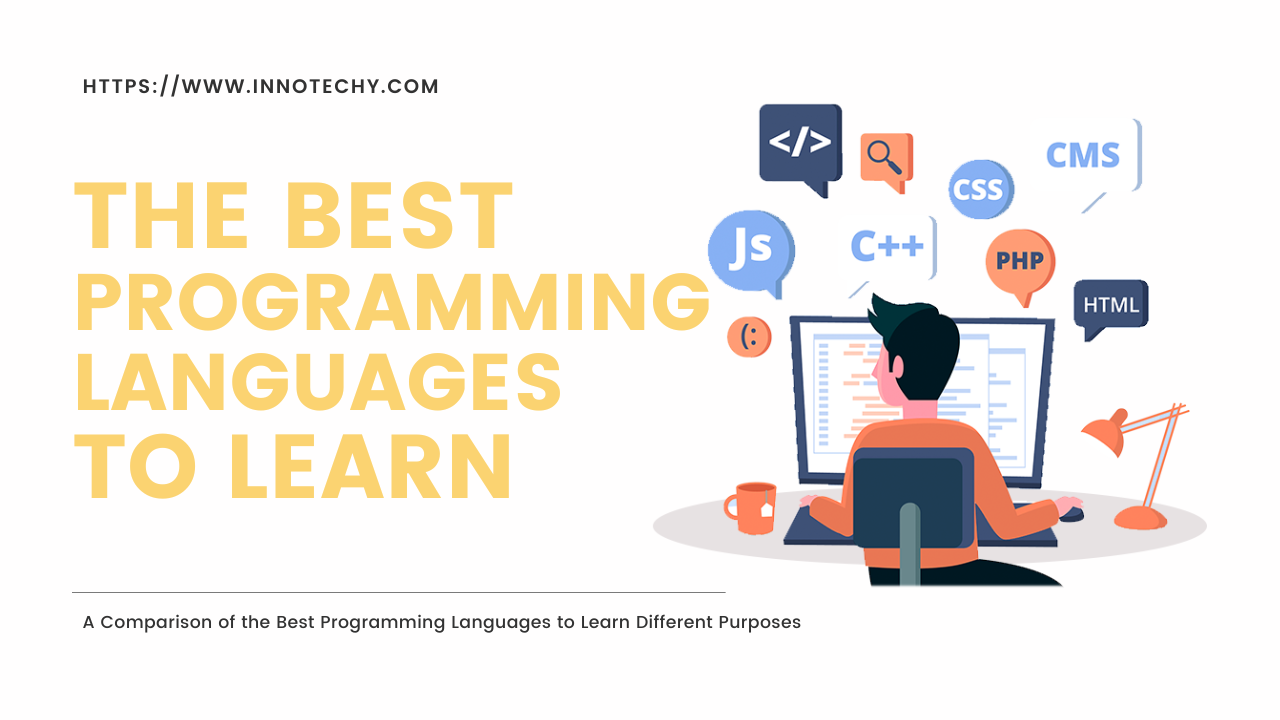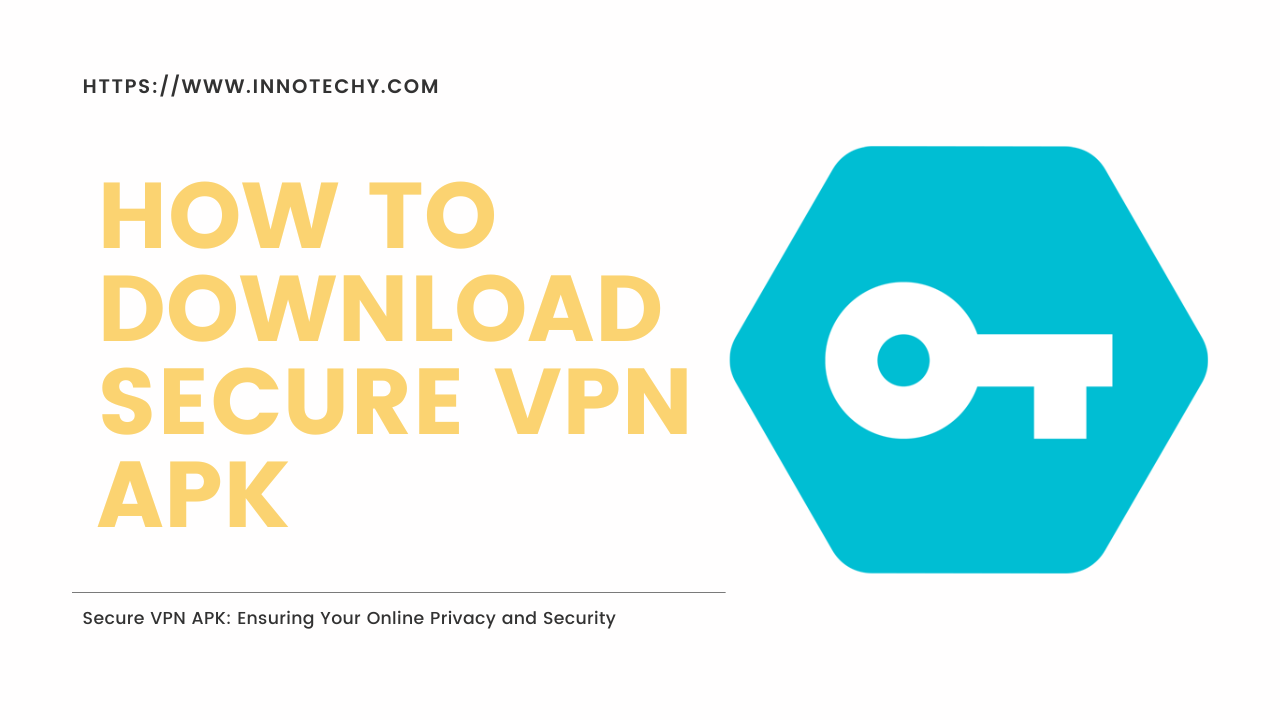Best Programming Languages to Learn:
In the vast world of programming languages, it can be difficult to determine which one is the best choice for a particular purpose. Each programming language has its own strengths and weaknesses, which is why it’s important to understand its features before starting a new project. This blog post aims to provide a comprehensive comparison of some of the best programming languages for different purposes, helping you make an informed decision based on your specific needs.

[lwptoc]
Web development
1.1: JavaScript
JavaScript is a versatile programming language commonly used for front-end web development. It provides interactivity and dynamic features to websites. JavaScript frameworks such as React, Angular, and Vue.js have gained a lot of popularity, making it easier to build complex web applications. Additionally, Node.js allows developers to write server-side code using JavaScript.
1.2: Python
Python, known for its simplicity and readability, is also a widely used language in web development. It offers a wide range of frameworks like Django and Flask, which enable developers to efficiently build robust and scalable web applications. Python’s extensive libraries make it suitable for tasks such as web scraping, data analysis, and artificial intelligence.
1.3: Ruby
Ruby is a dynamic, object-oriented programming language often associated with web development. It is known for its elegant syntax and easy-to-read code. Ruby on Rails, a popular web framework, enables rapid development by following the principle of configuration over convention. Ruby is ideal for building web applications quickly and efficiently.
Mobile App Development
2.1: Swift
Swift is a powerful programming language developed by Apple for iOS, macOS, watchOS, and tvOS app development. It is known for its security features, performance, and ease of use. Swift offers a rich set of advanced syntax and frameworks, making it a preferred choice for building high-quality, interactive mobile applications.
2.2: Java
Java is a versatile and widely adopted language for mobile app development on the Android platform. It provides a robust ecosystem and extensive libraries, allowing developers to build scalable and secure applications. Java’s “write once, run anywhere” principle enables cross-platform compatibility, making it a popular choice for enterprise-level app development.
2.3: Kotlin
Kotlin is a modern programming language developed by JetBrains, which has gained significant traction for Android app development. Kotlin is interoperable with Java, making it easy to integrate existing Java code into Kotlin projects. It offers compact syntax, null safety, and better readability, resulting in more reliable and maintainable code.
Data Science and Machine Learning
3.1: Python
Python dominates the field of data science and machine learning due to its simplicity, extensive libraries, and strong community support. Libraries such as NumPy, Pandas, and TensorFlow provide powerful tools for data manipulation, analysis, and building machine learning models. Python’s readability and ease of use make it an ideal choice for data science beginners.
3.2: R Language
R is a specialized programming language designed for statistical analysis and graphical representation. It offers a comprehensive set of packages and libraries, making it a preferred choice for data visualization, statistical modeling, and data exploration. R’s large community and rich ecosystem make it an excellent choice for statisticians and data scientists.
3.3: Julia
Julia is a relatively new programming language that is gaining popularity in the data science community. It combines high-level abstractions with high performance, making it suitable for computationally intensive tasks. Julia’s strengths lie in its ability to seamlessly integrate with existing code and libraries written in other languages, making it a versatile choice for scientific computing and data analysis.
Systems programming
4.1: C Language
C is a low-level programming language known for its efficiency and ability to directly access and manipulate hardware resources. It is commonly used for system programming, embedded systems, and operating system development. C’s close-to-the-metal approach provides fine control but requires careful memory management and can be more error-prone than high-level languages.
4.2: C++
C++ is an extension of the C language that includes additional features such as object-oriented programming and template metaprogramming. It is widely used for system programming, game development, and performance-critical applications. C++ provides a balance between low-level control and high-level abstraction, making it suitable for both resource-constrained environments and large-scale software development.
4.3: Rust
Rust is a modern systems programming language designed to provide memory safety, thread safety, and high performance. It combines low-level control with strong static typing and built-in concurrency primitives, ensuring memory safety without sacrificing performance. Rust’s emphasis on preventing common programming errors makes it a strong choice for developing secure and efficient system software.
Frequently asked questions on the most in-demand programming languages
Which programming language is best for beginners?
Python is often recommended as the best programming language for beginners due to its simplicity, readability, and broad community support. Its English-like syntax and beginner-friendly documentation make it easy to understand basic programming concepts.
What is the most popular programming language?
According to the latest data, JavaScript is one of the most popular programming languages due to its widespread use in web development. Python and Java are also consistently among the top languages in popularity indexes, reflecting their versatility and widespread adoption.
Which programming language is best for artificial intelligence?
Python is widely regarded as the go-to language for artificial intelligence (AI) development. Its extensive libraries, such as TensorFlow, PyTorch, and sci-kit-learn, provide powerful tools for building AI models and conducting research in machine learning and deep learning. Python’s simplicity and broad community make it an ideal choice for AI-related projects.
Conclusion:
Choosing the right programming language for a particular purpose is critical to the success of any project. This blog post aims to provide a comprehensive comparison of some of the best programming languages for various purposes including web development, mobile app development, data science and machine learning, and system programming. Understanding the strengths and weaknesses of each language can help you make an informed decision based on the needs of your project. Remember to consider factors such as community support, available libraries, and learning curve when choosing a programming language for your next venture.





